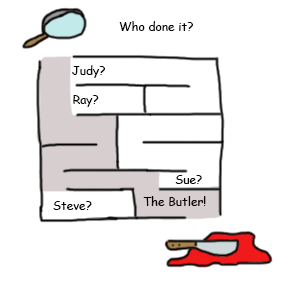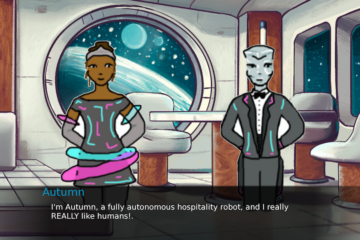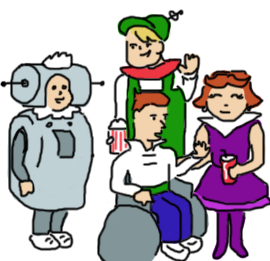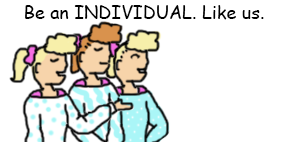How do you show a character doing something that is inherently non-visual? Many stories hinge on a character making a decision. What does that look like?
It can be easy to fall into listing all the options, writing out the consequences as a character’s mental monolog, backing-and-forthing. I’ve read that often in amateur story drafts. It doesn’t quite engage the reader and at its worst feels like a badly-written essay on ethics, and first readers might leave comments about being “lost” or finding it “Meandering” or that the story is “bogged down.”
So that’s how not to do it.
First off, many decisions don’t need to be “shown” in the story at all. What to wear today, what to eat for breakfast, even a monumental decision, like “taking up the great quest” can be skipped over if the act of deciding isn’t important to the plot or character arc. Many decisions we simply show by having the character … do the thing.
But what if your outline has “Show her decide” in it? What if your first reader says “I feel like we need to see the character make this decision” or even “The decision comes too easy, show the process of it more?”
The writer’s first impulse might be to copy real life. What were you doing when you realized you were about to make a big mistake and so didn’t finish that email? When you decided to change your major? When you realized, yes, this is The One, the dog you’re going to adopt?
But real life doesn’t make good fiction. We pause. We re-litigate. We decide and then do nothing and decide again. Also, most of the big decisions in my life, I feel like I was washing dishes? Not gripping fiction.
The way forward is to mix the real with the essay. Raise the questions the character needs to ask to make their decision, but raise them organically as a part of the action of the story. And … here’s a trick it took me a while to learn… don’t raise them all at once.
Okay so say you have a character, Judy, and she has to choose whether to turn the bad guy over to the Galactic Cops or let him go, because gosh, he actually has a point.
Some time early in the narrative, before Judy ever sees Bad Guy, maybe I’ll have her say, “Someone like that should get turned over to the Galactic Cops.” Thereby I set up a pre-existing disposition, what she might do by default.
Then in another scene, maybe she sees the Galactic Cops are mean to thier prisoners, and says, “Well, I wouldn’t turn him over, I’d put him in the Martian Home for the Reform of Supervillians.”
Then, when she finally has him in her clutches, she sees something, or witnesses something that shows her that gosh, maybe he has a point?
I guess I’m saying: tie each of those argument lines from the Ethics Essay version to a concrete motion of character or plot. And space it out, so that the steps of arriving at the decision feel like plot steps, not a back-and-forth in one scene.
Another thing you can do is show some consequences from the path not taken. For example, have a scene where Judy sees a previous Bad Guy in Space Jail and how that’s worked out for him. Or maybe even just have Judy imagine that vividly for the reader.
No decision is a simple one-or-the-other … it’s more interesting if there’s a third option, or even a fourth, that you can show. Play with it, toy with the reader’s tension by making them think you’re going to have the character go one way, not another.
The path untaken exists in the reader’s mind. Give the reader some room to explore that. It’s okay not to go into full details, either, let the reader imagine, like peeking around the corners of a maze.

Character reveals itself in decision. What your character up and does, and what she has to struggle with, will show layers of who she is, deep down.
(Amusingly, it was only when I published this post and I saw that WordPress named it -2 that I had already written a blog post about how to show a decision before… and used that same image of the maze in it. Interesting! Here it is, if you want to see how my thoughts have evolved on the subject.)


